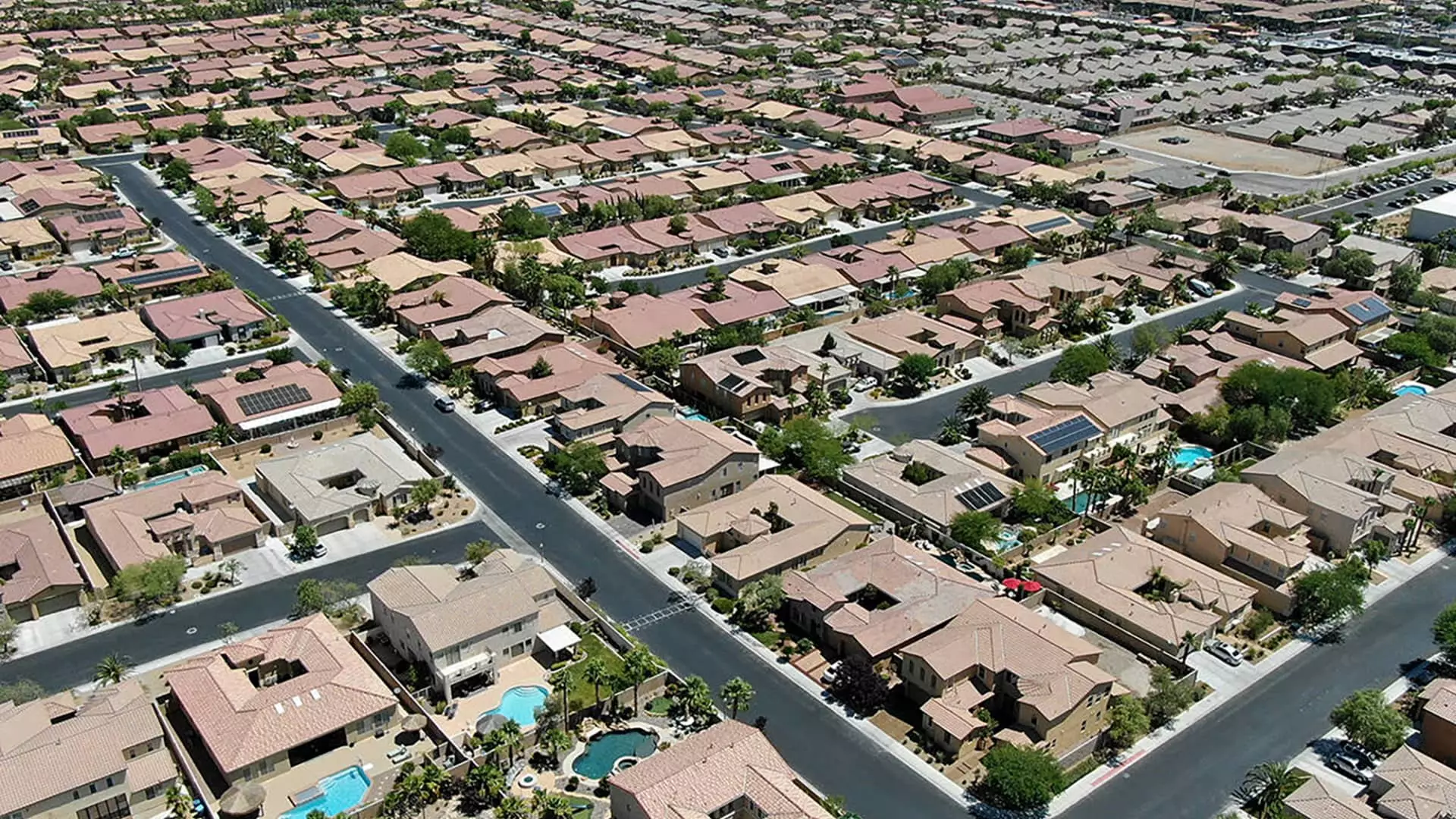November marked a notable increase in the sale of previously owned homes, rising by 4.8% compared to October, according to data from the National Association of Realtors (NAR). This uptick positions annualized sales at 4.15 million units when adjusted seasonally, indicating a significant leap of 6.1% from the previous November. Such growth is promising, showcasing a robust recovery in the housing market as it achieves the third-highest sales rate this year, fueled by several underlying factors.
Lawrence Yun, the chief economist for the NAR, pointed out a growing momentum in home sales. With economic conditions steadily improving—evidenced by job creation—more buyers are reentering the market. This rising activity may also be attributed to a slight rebound in housing inventory, which offers options for buyers compared to the previous year’s scarcity.
Inventory Levels: A Balancing Act
As of October, the inventory of homes available for sale reached approximately 1.33 million units, equating to a 17.7% increase when contrasted with November of the prior year. Despite this apparent boost in supply, it results in only a 3.8-month supply at the current sales pace, falling short of the six-month inventory traditionally regarded as balanced for market equilibrium. Such tight supply inevitably exerts pressure on home prices. The median selling price climbed to $406,100 in November, representing a year-over-year increase of 4.7%. This resurgence in prices, particularly noticeable in regions such as the Northeast and Midwest, underscores the continued demand within the higher price brackets.
First-time homebuyers, a vital demographic in the housing ecosystem, regained some ground, accounting for 30% of November’s sales—a rise from 27% the previous month. However, this figure remains slightly lower than the year before. Despite the apparent challenges posed by higher mortgage rates, cash buyers dominate a significant share of the market at 25%, indicating the increasing divide between affluent buyers and the average purchaser. Interestingly, investor activity represented only 13% of sales, a drop from 18% the same month last year. This decline raises questions about investor sentiment regarding property valuations and future rental market trends as more investors reconsider their strategies amid fluctuating economic indicators.
Market Price Variability: High-End vs. Low-End Sales
The sharp contrast in sales between the high-end and low-end segments of the market illustrates varying levels of consumer confidence and financial capacity. Sales of homes exceeding $1 million have seen a dramatic 24.5% increase from last November, indicating a robust demand among wealthier buyers. Conversely, properties priced under $100,000 experienced a decline of 24.1%, reflecting the challenges faced by budget-conscious homebuyers in the current economic climate.
As December unfolds, there are renewed concerns surrounding mortgage rates, which have risen again following a recent Federal Reserve meeting. With the average rate on a 30-year fixed mortgage increasing significantly, projections indicate that fewer rate cuts are anticipated in the coming year. This potential outlook necessitates vigilance from both buyers and sellers as they navigate a complex market landscape characterized by evolving economic variables and shifting buyer demands. While the recent surge in home sales offers encouragement, the evolving dynamics warrant close observation as the housing market inches its way forward through uncertainty and challenge.

